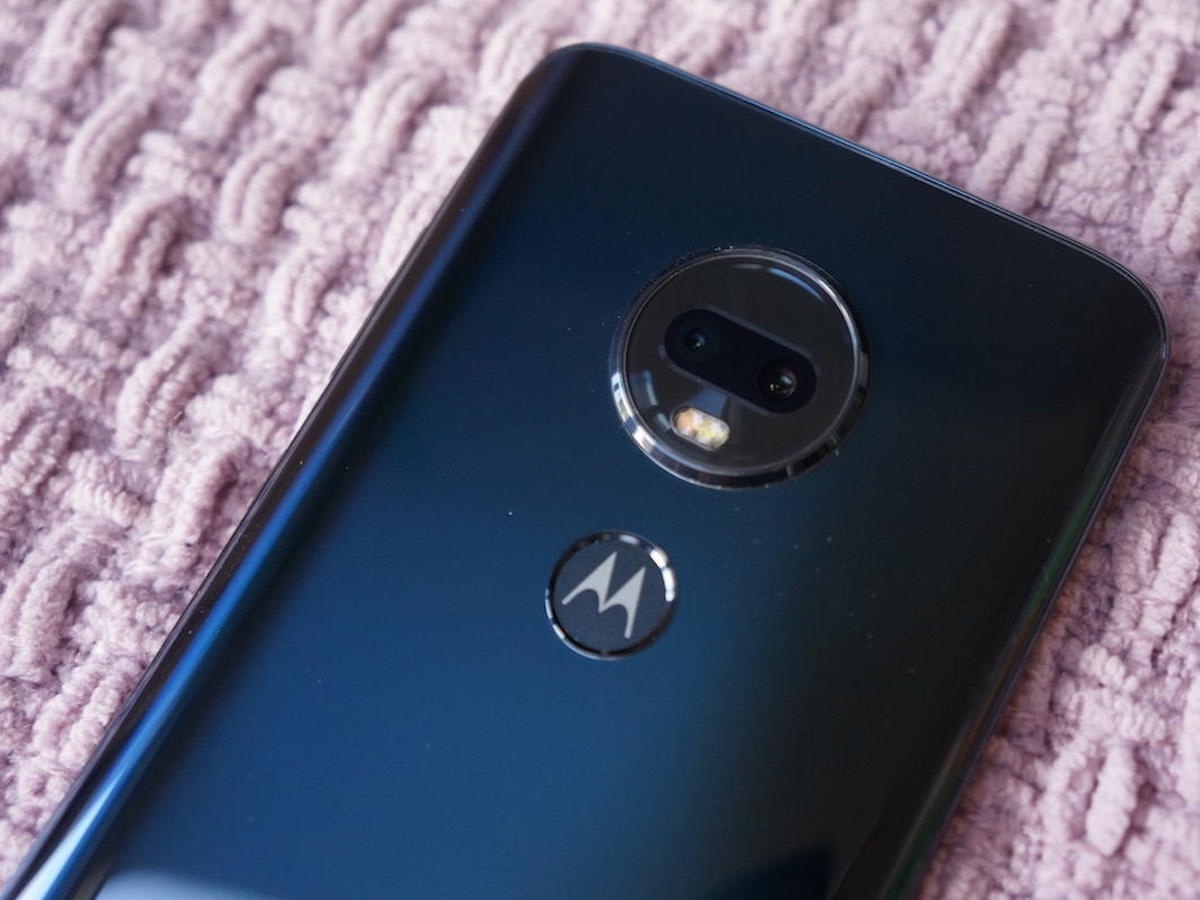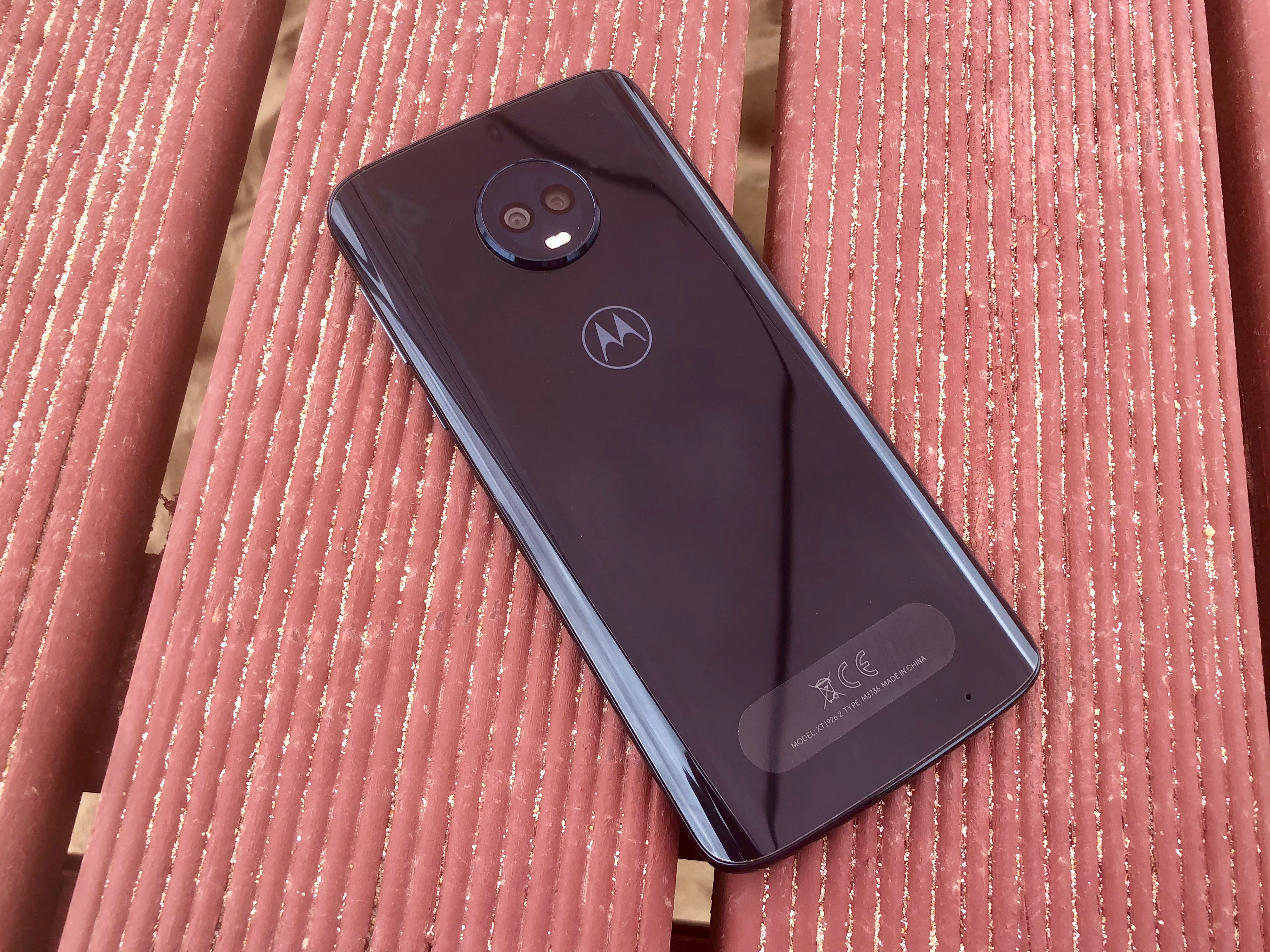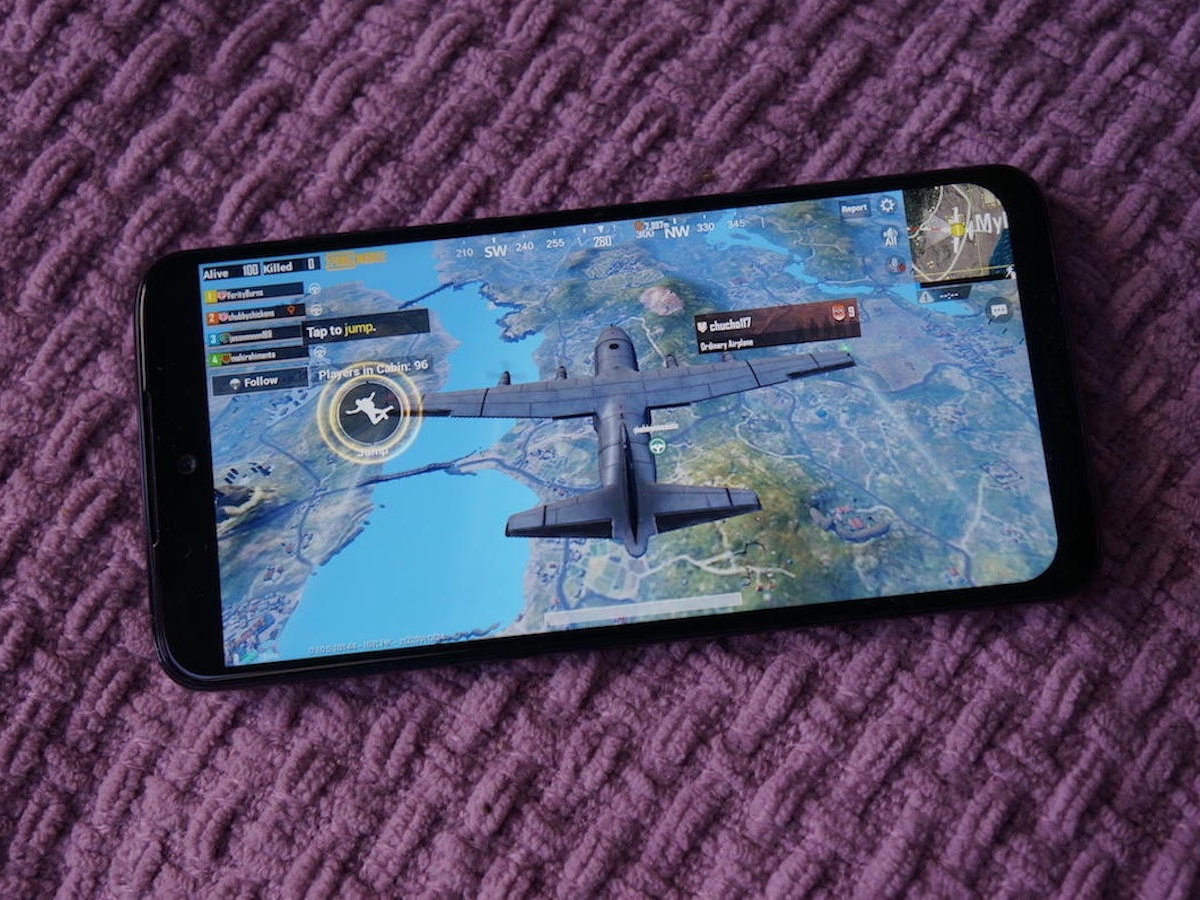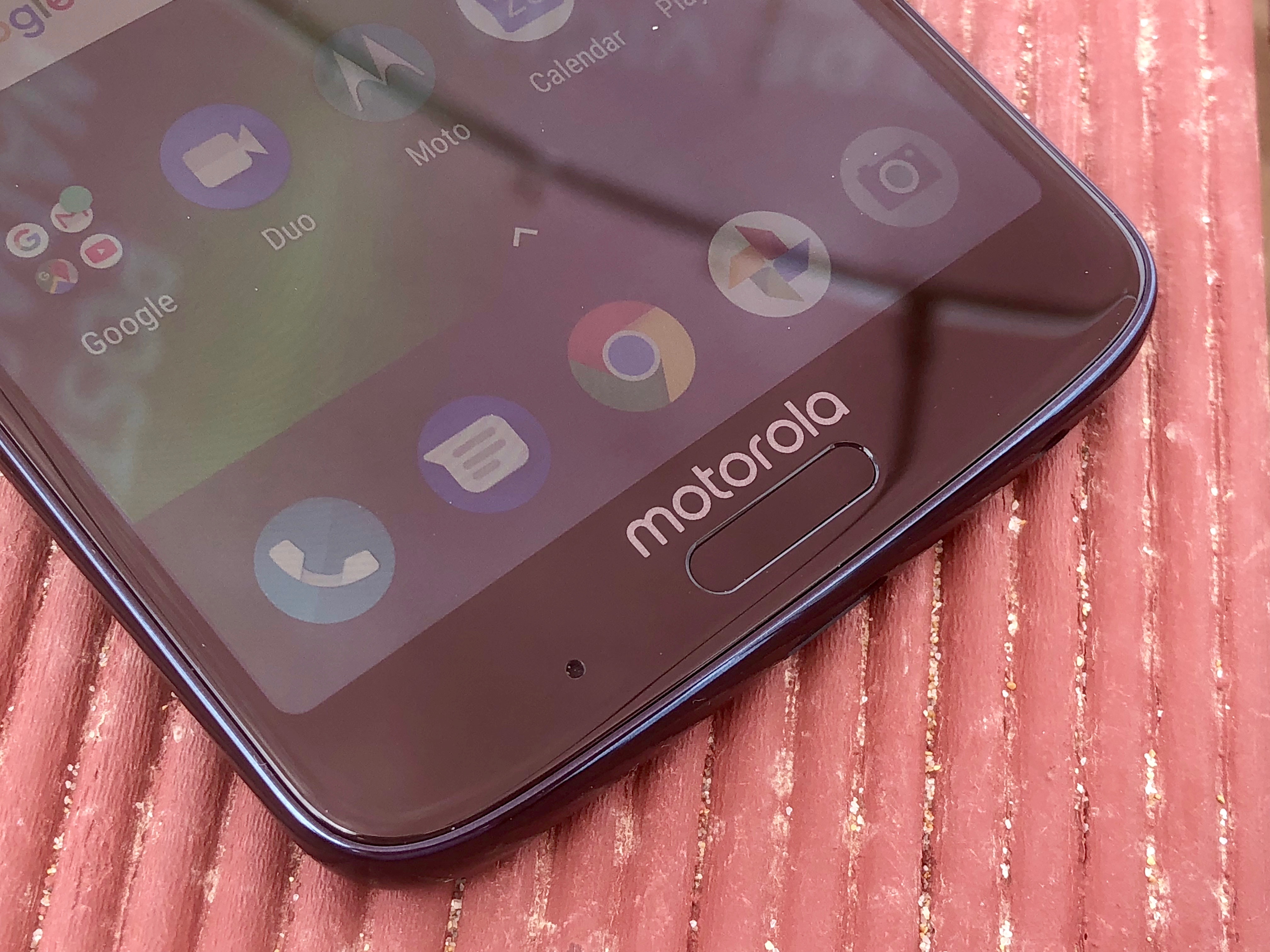Motorola Moto G7 Plus vs Moto G6 Plus: What’s the difference?
Plenty of upgrades in store for the new budget Moto hero
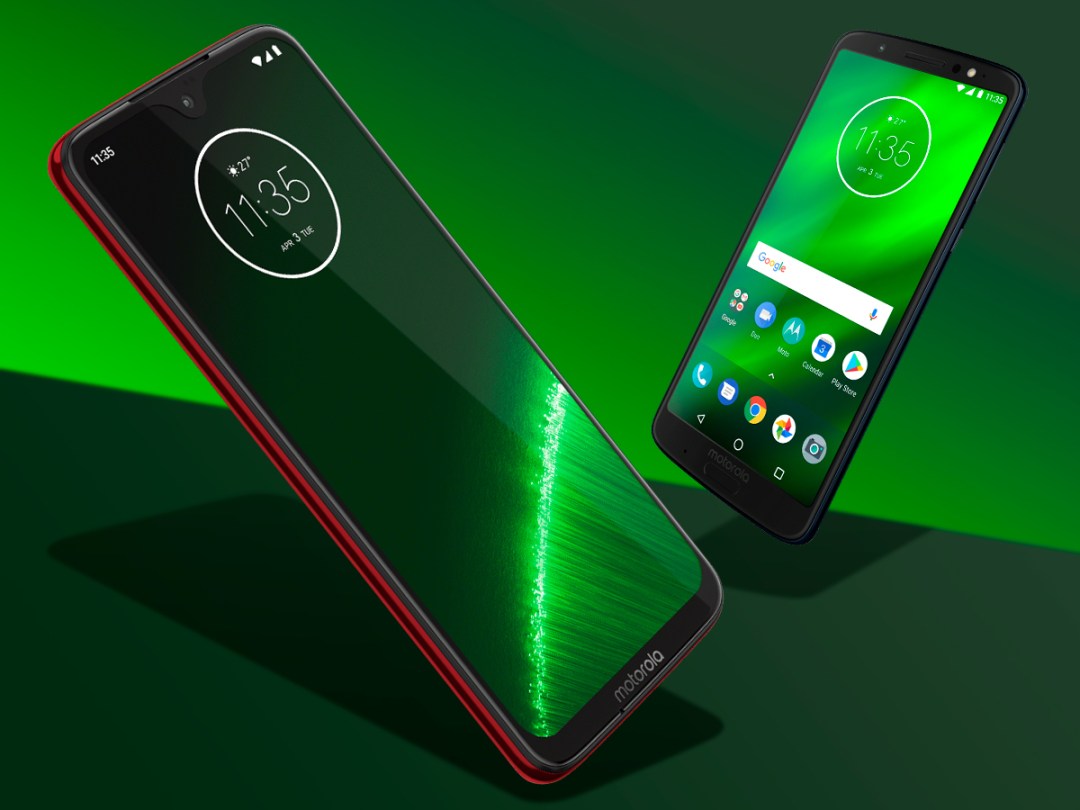
As of this writing, the Motorola Moto G6 Plus still sits right in the middle of our list of the best smartphones in the world, hanging tough amidst some mighty fine (and significantly more expensive) flagship phones. It’s a brilliant budget option.
And now it’s being replaced. Motorola just rolled out the Moto G7 family, which comprises four different handsets with varying perks and price points, and the Moto G7 Plus is again the most compelling of the bunch. It’s not larger than the standard G7 this time around, but some modest tweaks still make it the one to get.
Compared to the Moto G6 Plus, it’s packing some sizable enhancements, too. What sets the Moto G7 Plus apart from last year’s model? Here’s a full look now that we’ve reviewed the G7 Plus.
Design: Near-flagship
Motorola has done a pretty good job of catching up with flagship trends with recent Moto G models, and that’s immediately apparent with the Moto G7 Plus. It has the same kind of small, teardrop-style notch as the OnePlus 6T and other top phones, looking like a much pricier handset at a glance.
And with the fingerprint sensor moved to the back now, there’s less chunky bezel to contend with on the front. The backing glass looks pretty close to what was on the Moto G6 Plus, but that’s fine: it looked good last year, and overall this design punches above its price point.
Screen: Taller, but similar
Obviously, the notch is the big difference here. Notches are divisive, but this one’s pretty tiny, all things considered. The screen is a bit taller as a result, with a 6.2in display at 19:9 aspect ratio (2270×1080) as opposed to the 5.9in 18:9 (2160×1080) panel on the Moto G6 Plus.
Otherwise, it’s another 1080p LCD panel. It won’t compete with the OLED displays found on pricier flagship phones, but the Moto G6 Plus screen was "an incredibly sharp screen with very little to grumble about," as noted in our review. Honestly, there’s not much difference in quality here. They’re both great for the price.
Also Read › Motorola Moto G7 Plus review
Camera: A sharper shooter
Last year, we called the Moto G6 Plus’ camera setup "the best for the money," as the dual-camera array produced shots well beyond the typical budget phone and nearly on par with some pricier devices. And the Moto G7 Plus is even better.
The Moto G7 Plus bumps up from last year’s 12-megapixel and 5MP setup to a 16MP/5MP array, but the biggest upgrade doesn’t come with a few more megapixels – it’s the optical image stabilisation added this time around. That helps steady your snaps and avoid a lot of the blur that comes with cheaper smartphone cameras. It makes for better low-light shots, as well.
The front-facing camera, meanwhile, goes from 8MP on the Moto G6 Plus to 12MP this time around. We didn’t notice enough of a difference to make a fuss about, but you should get a little more detail in there.
Performance: A strong boost
The Qualcomm Snapdragon 636 chip in the Moto G7 Plus is the next-generation successor to last year’s Snapdragon 630 – and while the naming difference might be slight, Qualcomm suggests a pretty serious 40% boost in performance from the latest version.
It’s a mid-range chip still, so don’t go expecting top-end flagship performance. However, the Moto G6 Plus already delivered a smooth Android experience and seemed to dodge some of the hitches seen in the lower-powered standard Moto G6 model. The Moto G7 Plus, meanwhile, can keep better pace with some of the newer, high-performance games – even if you might not be able to play perfectly on high settings (as with PUBG Mobile). And it’s rocking Android 9 Pie out of the box, too.
Battery and perks: More and less
There’s one notable downgrade on the specs sheet this time around: the Moto G7 Plus has a 3,000mAh battery pack, down from 3,200mAh on the Moto G6 Plus. Even so, it’s a good all-day performer. In our usage, we’d end most days with a 20-30% charge left following pretty strong usage.
The new 27W TurboPower charger seems a fair bit faster than last year’s, as well, promising 12 hours of uptime on a 15-minute charge. Last year’s fast charging hit about 50% in 30 minutes.
As for storage, you’ll still get 64GB inside, but now you can add up to a 512GB microSD card, while last year’s microSD capacity topped out at 128GB.
Also Read › Which Motorola Moto G7 should you buy?
Verdict: Serious benefits
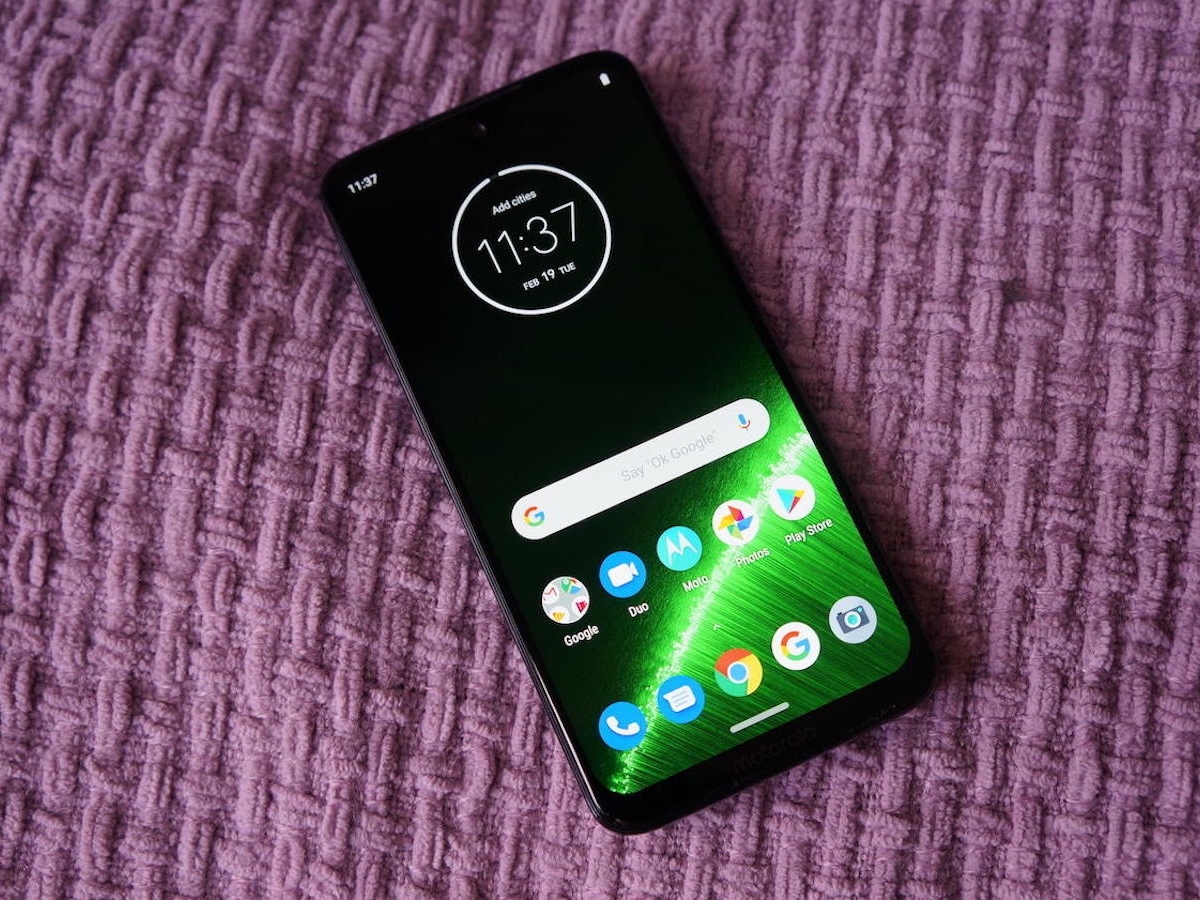
All told, the Motorola Moto G7 Plus is a pretty sizable upgrade over the Moto G6 Plus. It’s still a mid-ranger, but with the enhanced camera, boosted processor, and sleeker design, it definitely feels like a more premium option. The gap is closing with £500+ handsets.
If you already have a Moto G6 Plus, however, we don’t think that you need to rush out and upgrade this time around. They’re nice enhancements, but the G6 Plus is still an excellent handset for the price – and if you’re buying cheaper phones, then you’re probably not the kind of smartphone owner who craves annual upgrades, anyway.
However, if you’re looking for an excellent phone that won’t break the bank, the Moto G7 Plus follows in the footsteps of its predecessor as one of the absolute best sub-£300 phones on the market.


